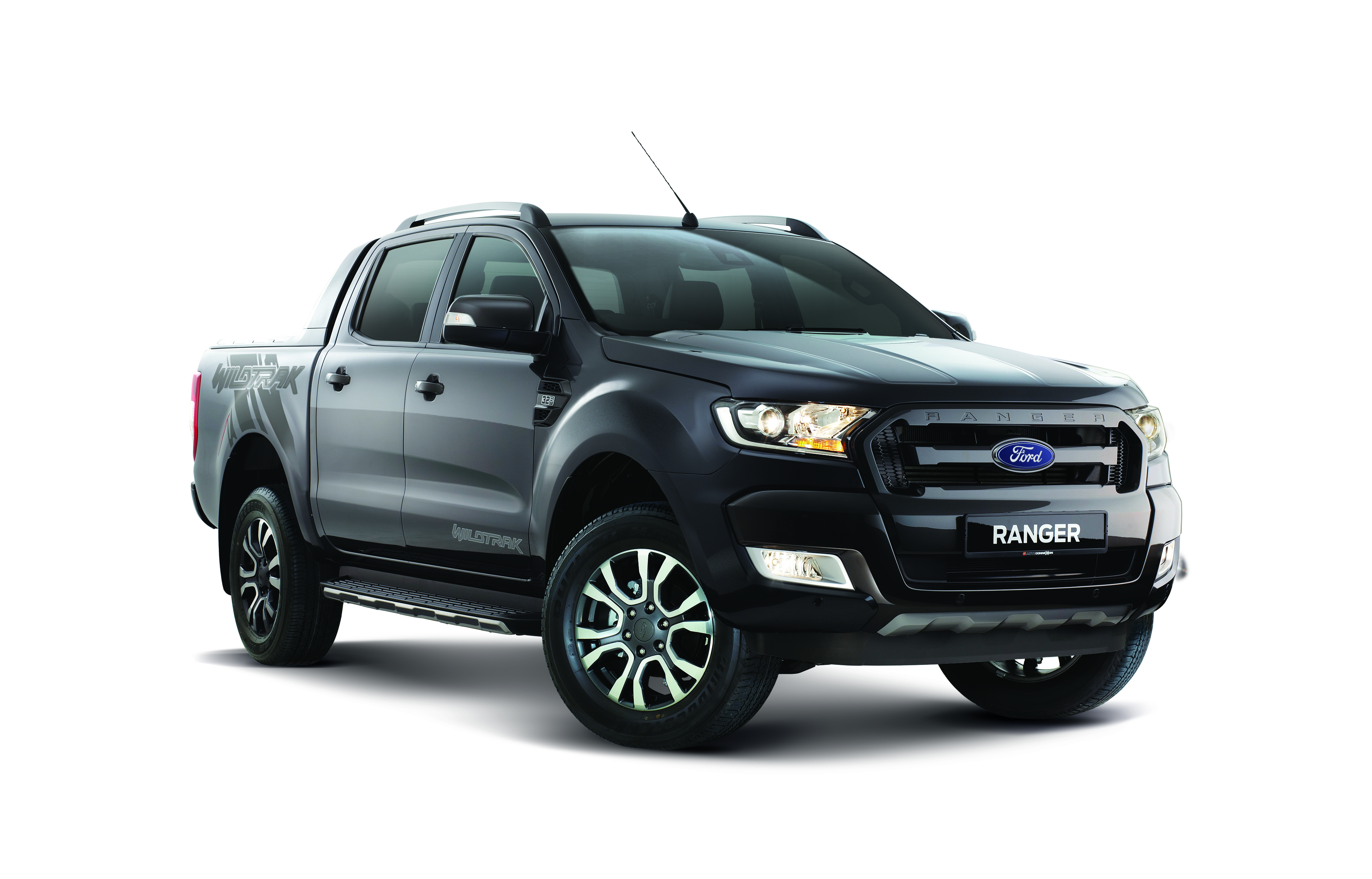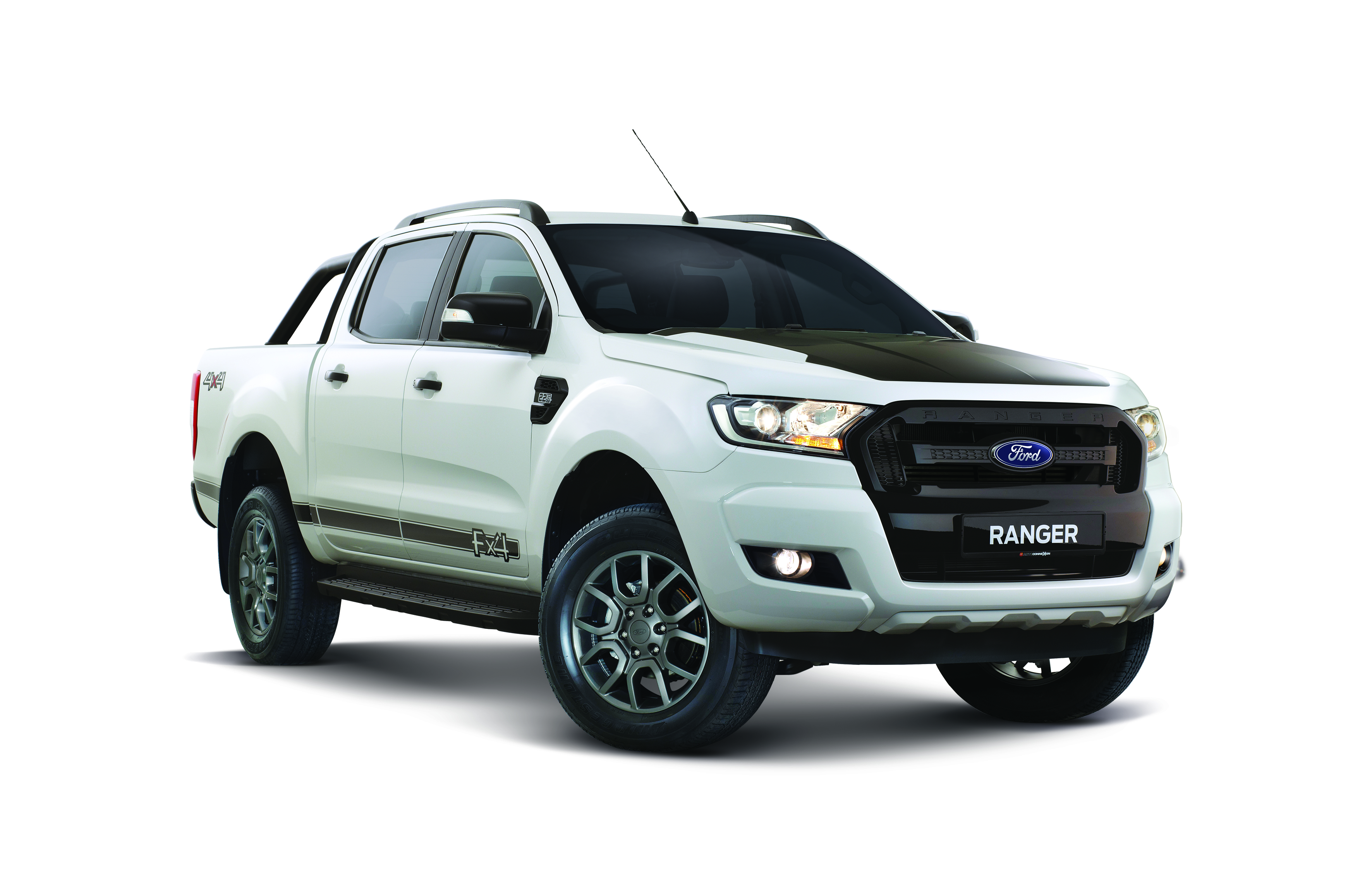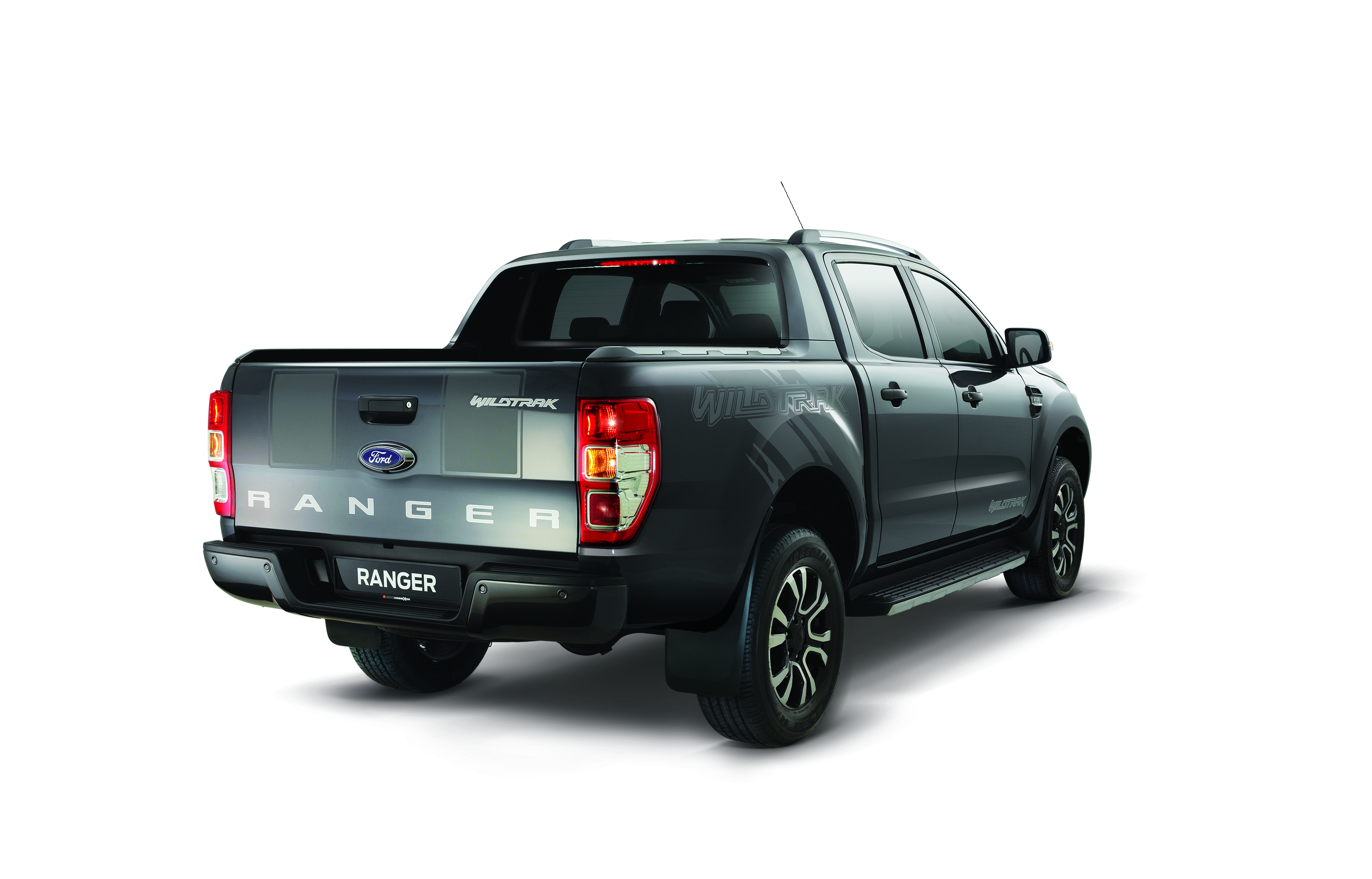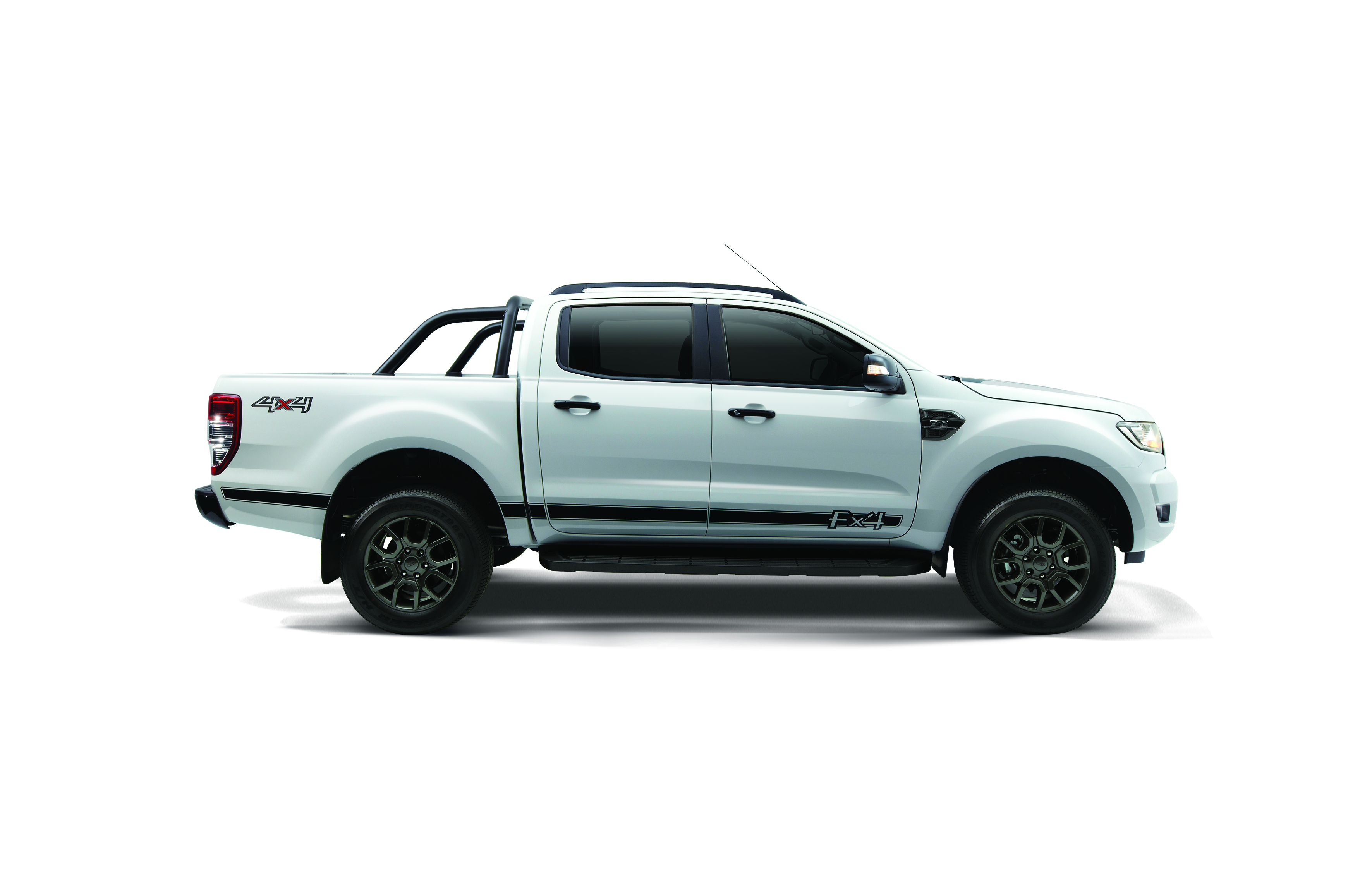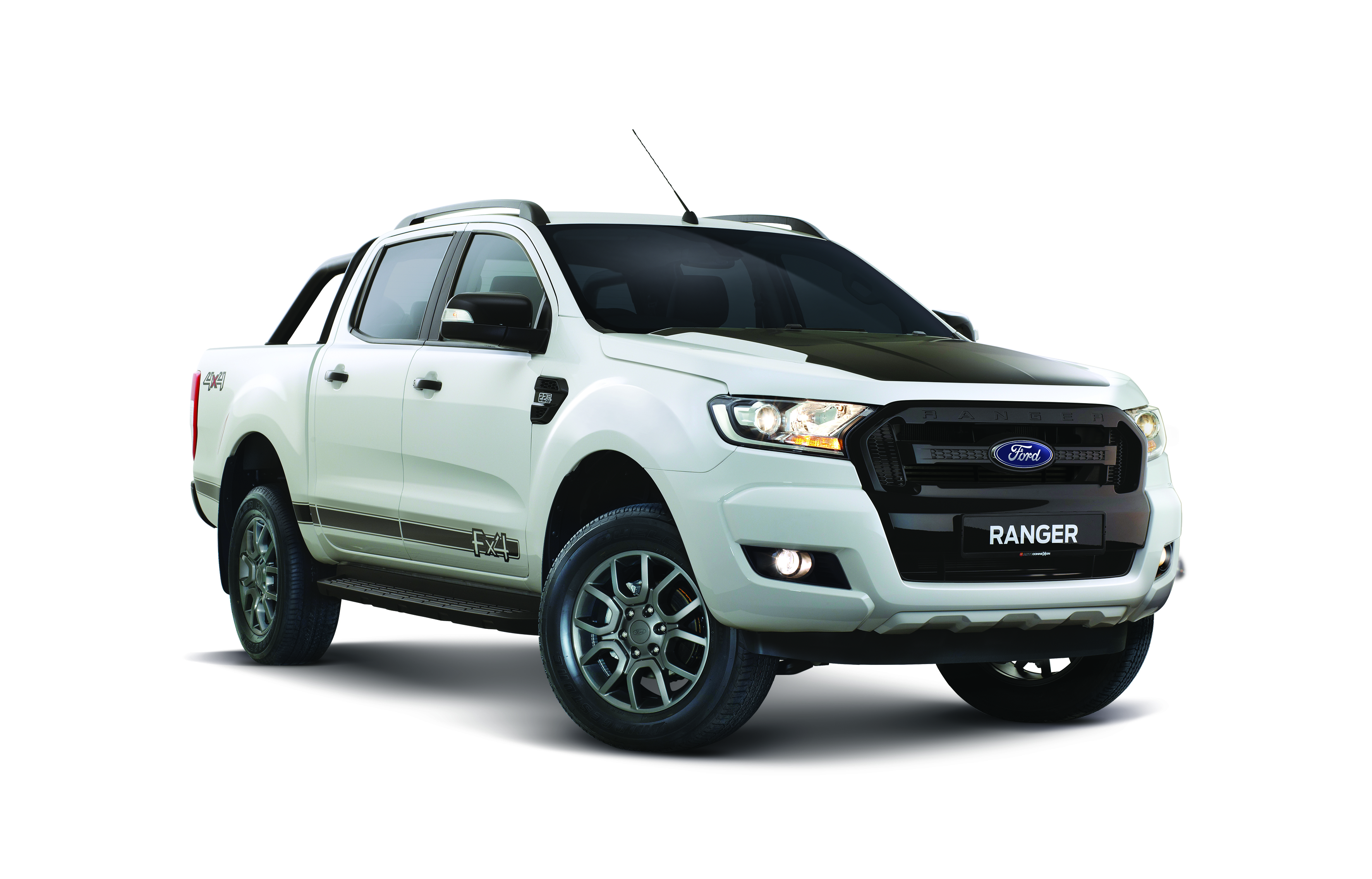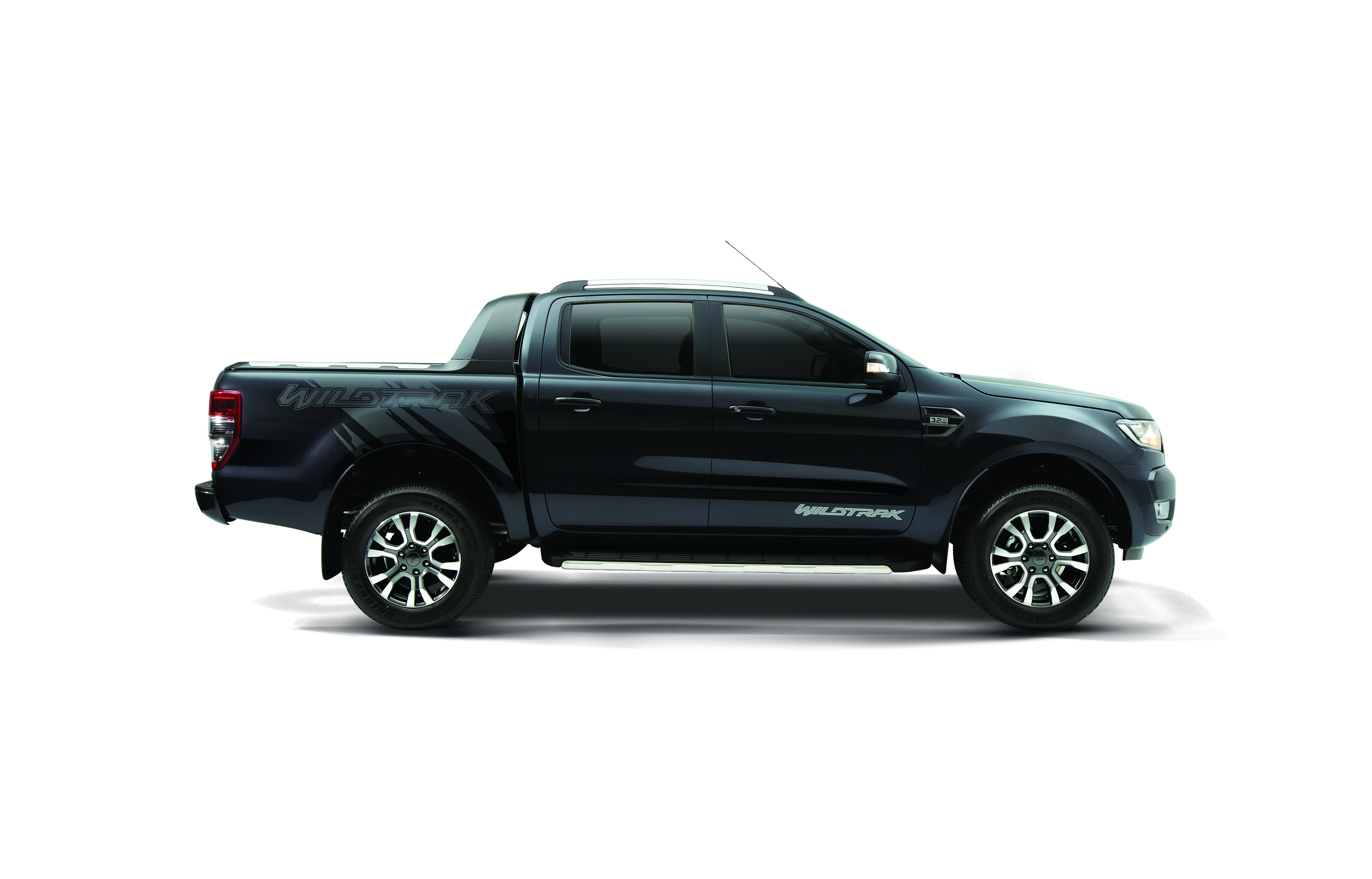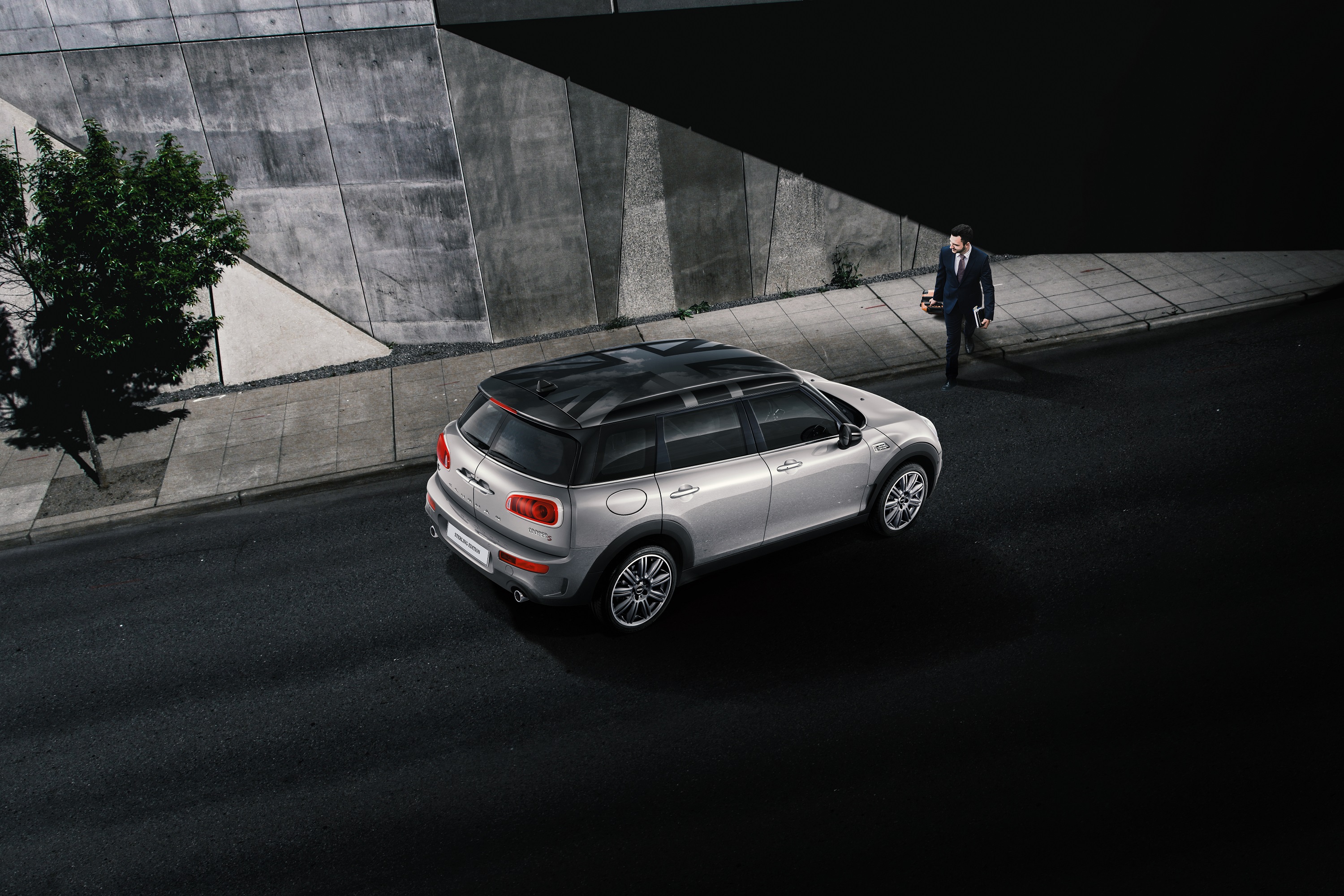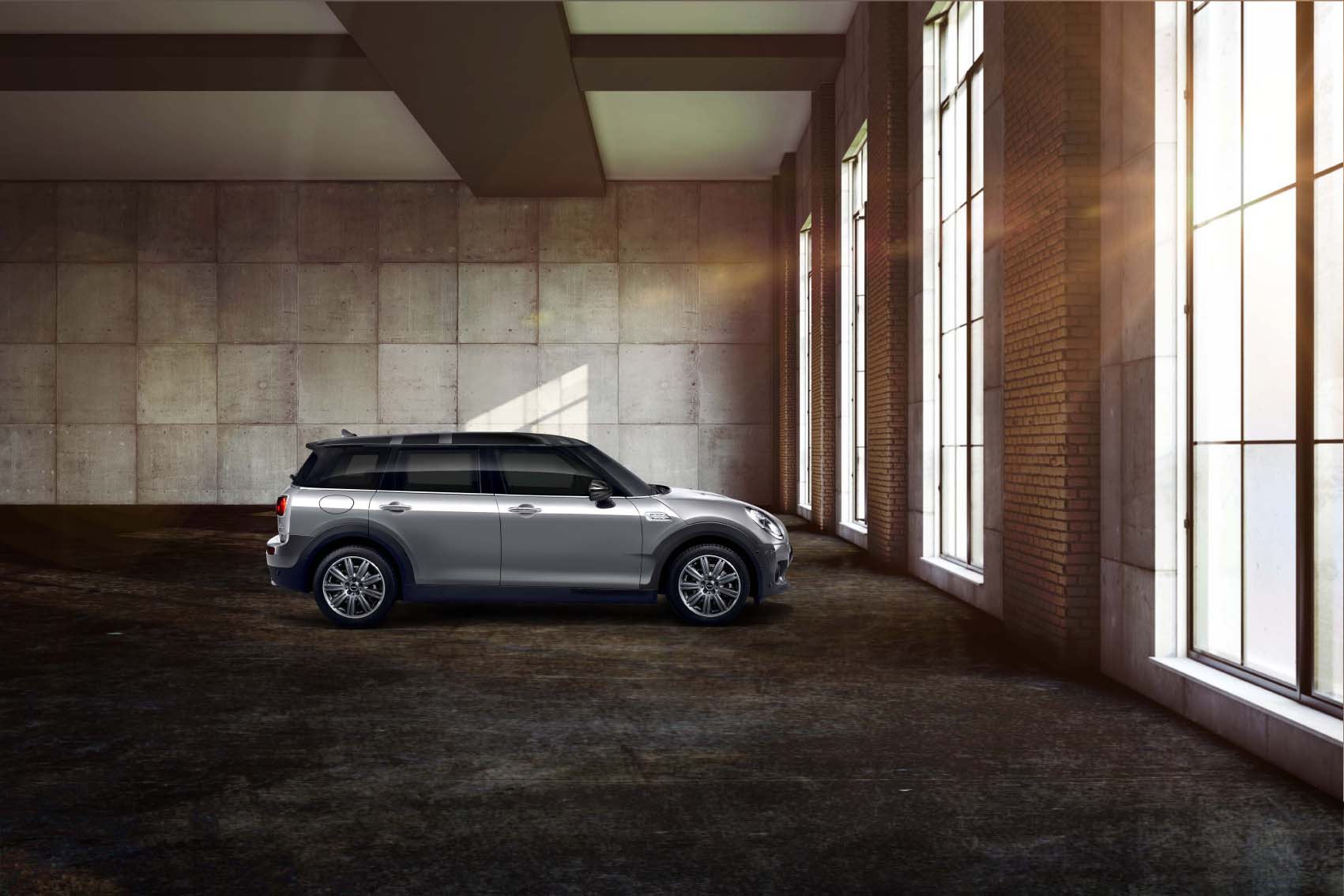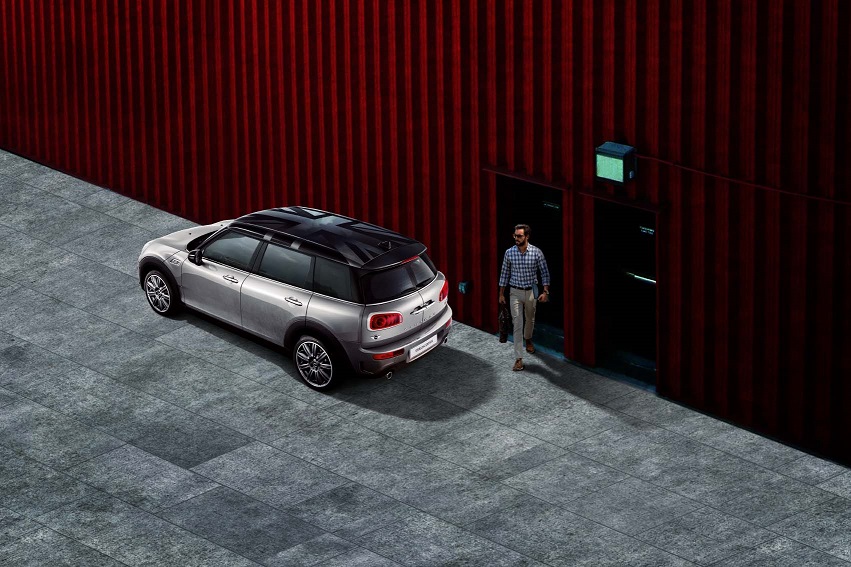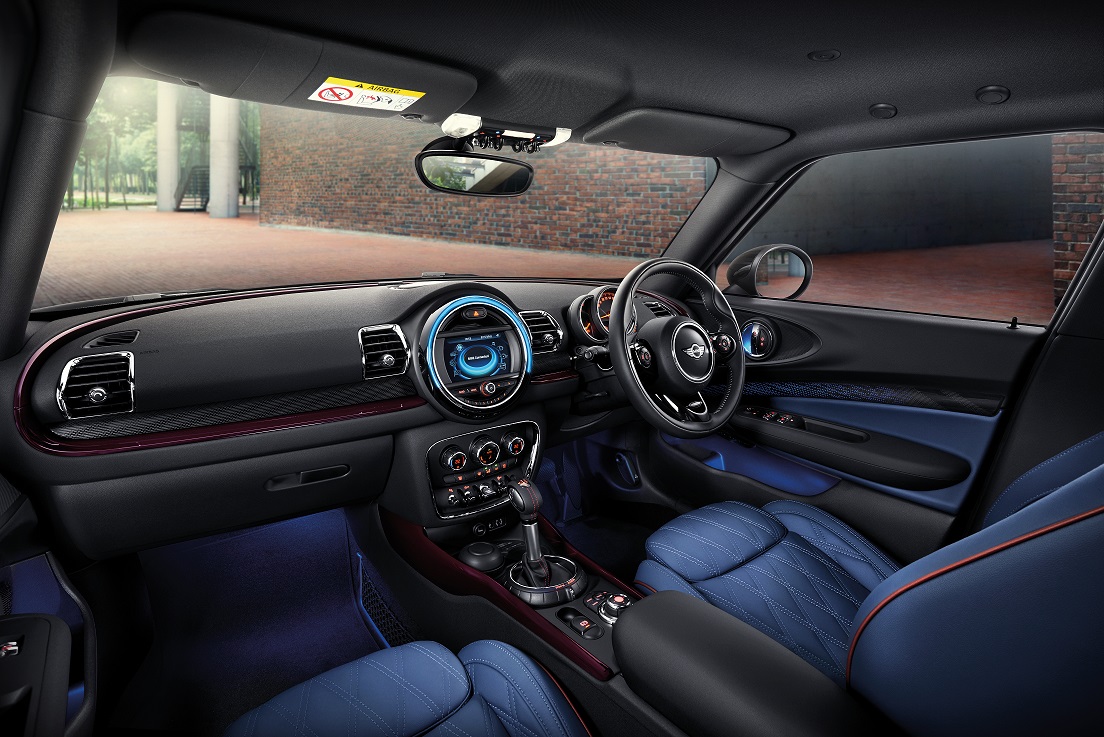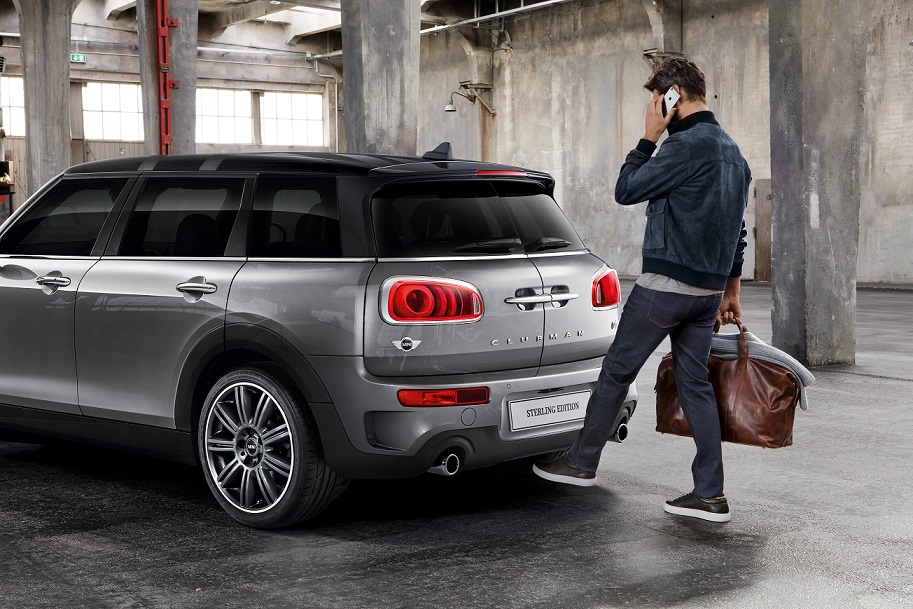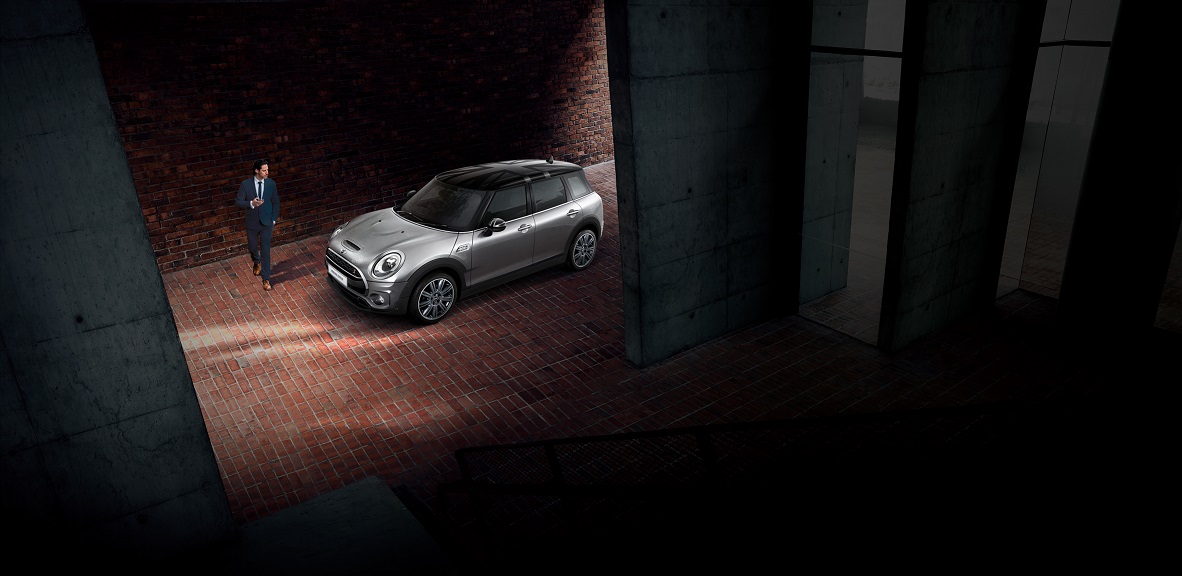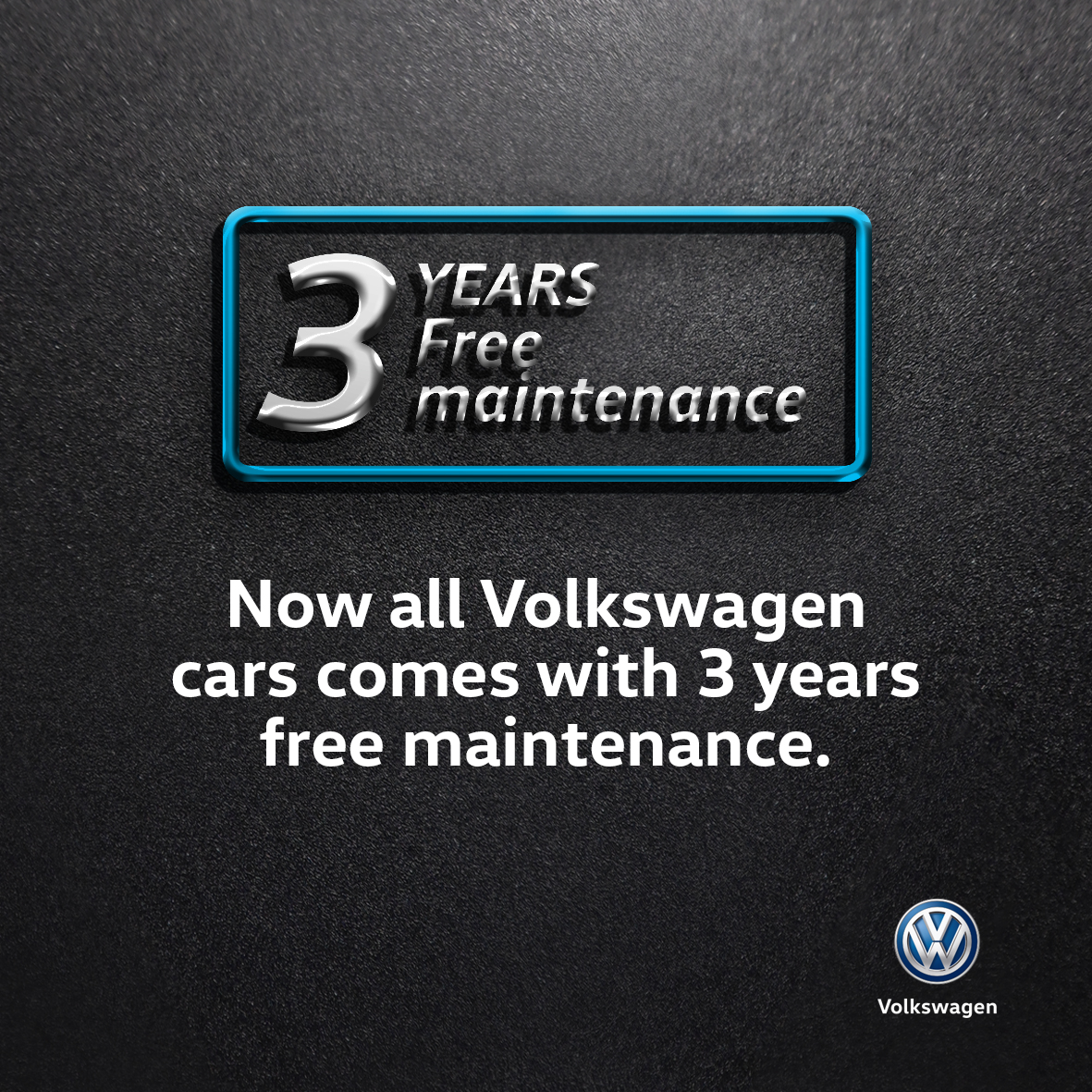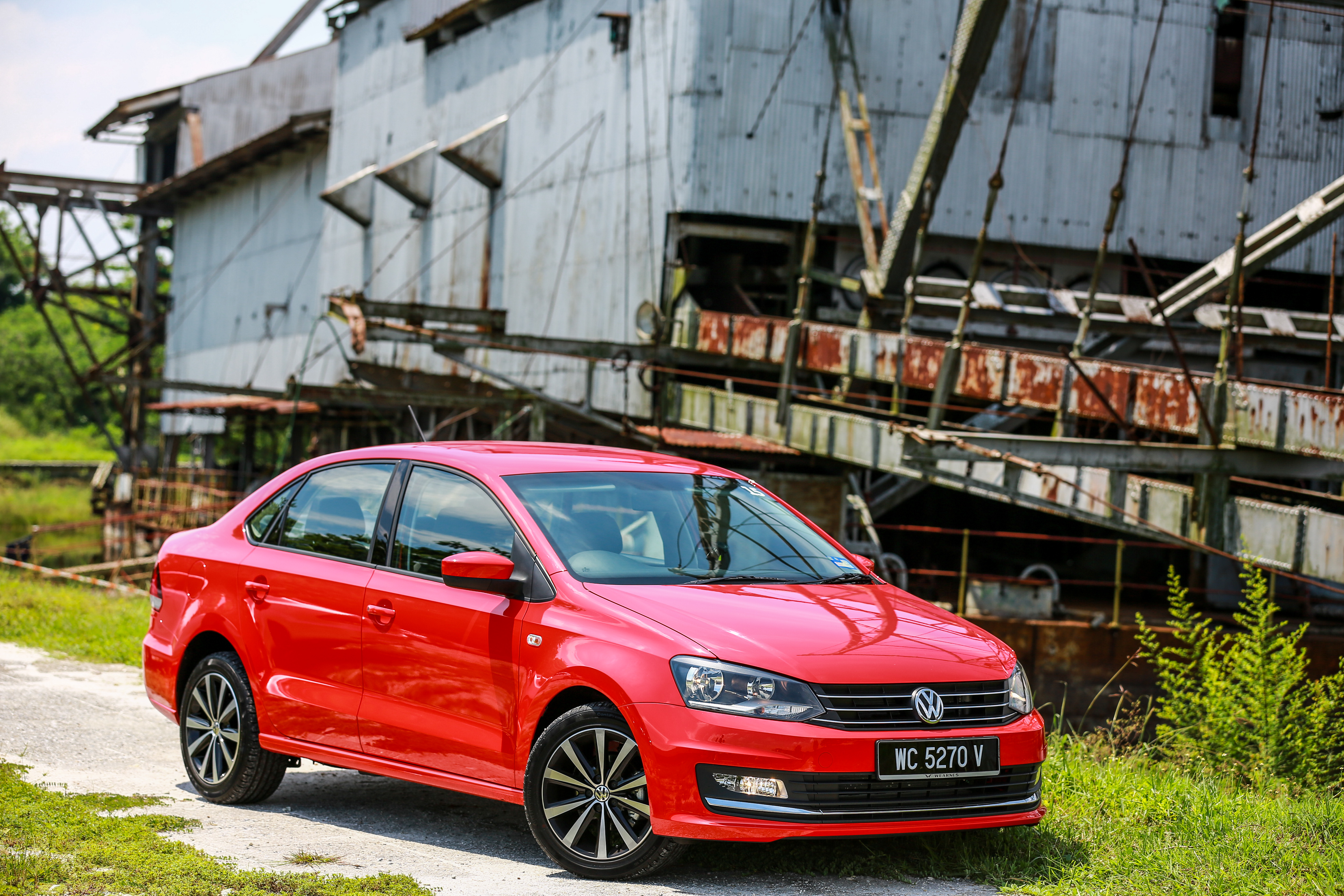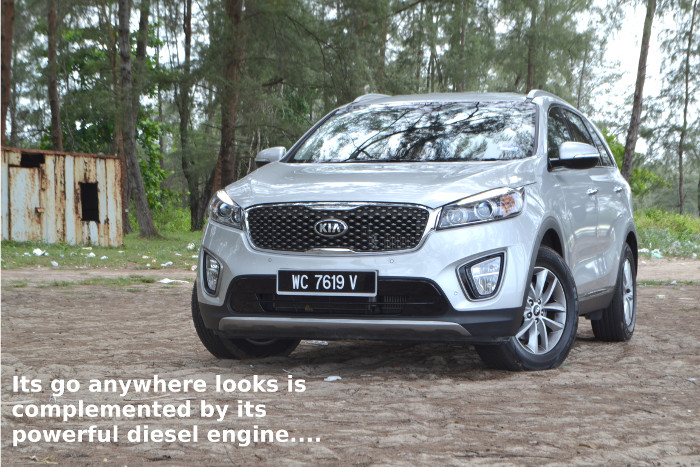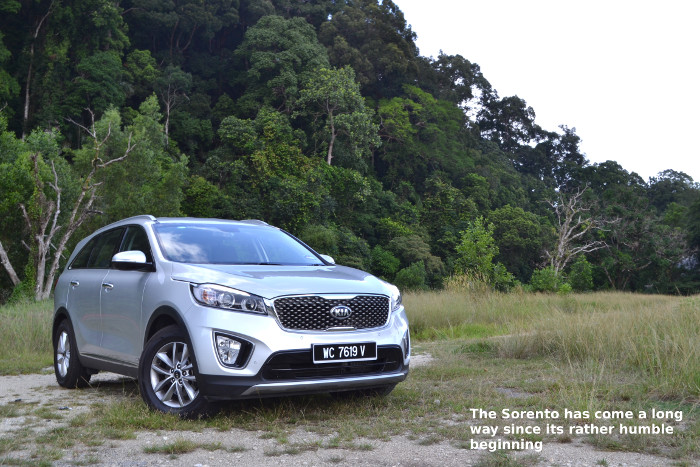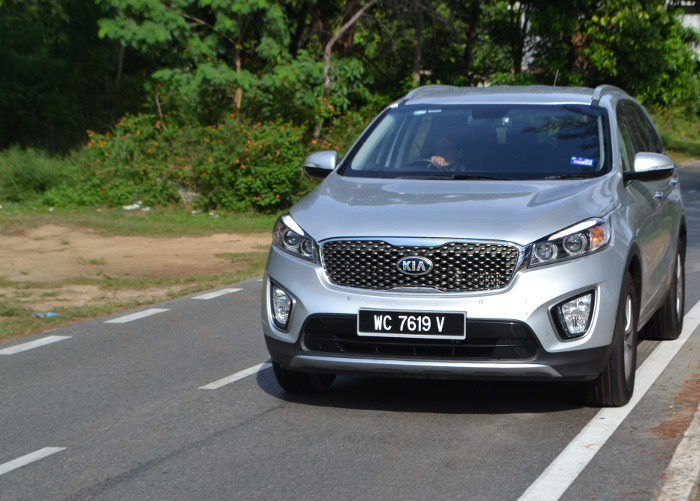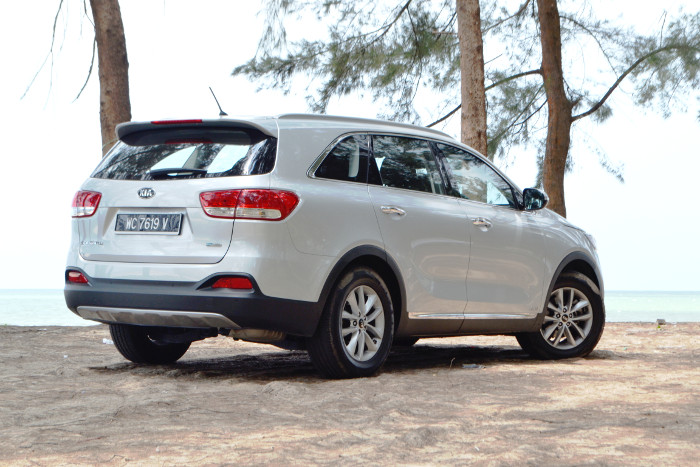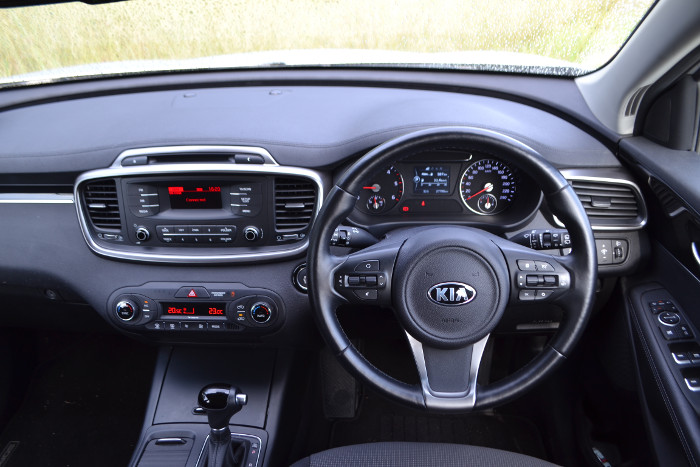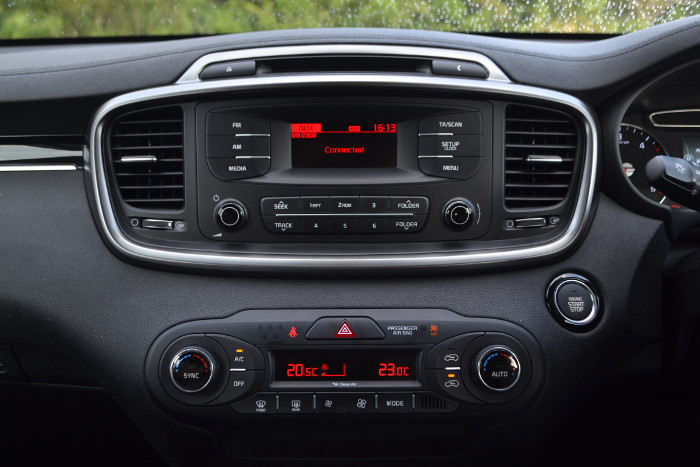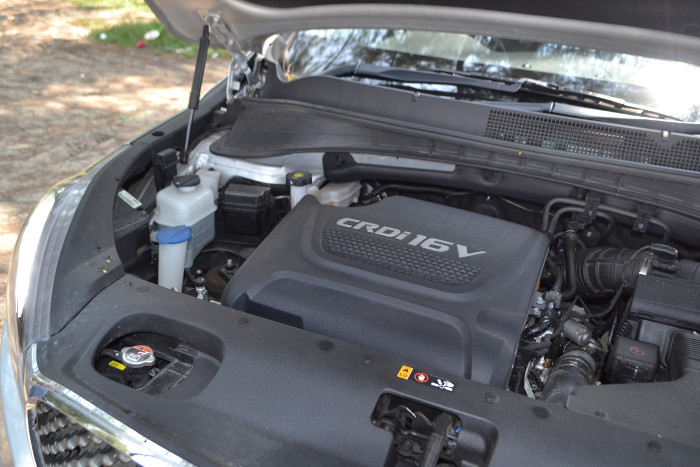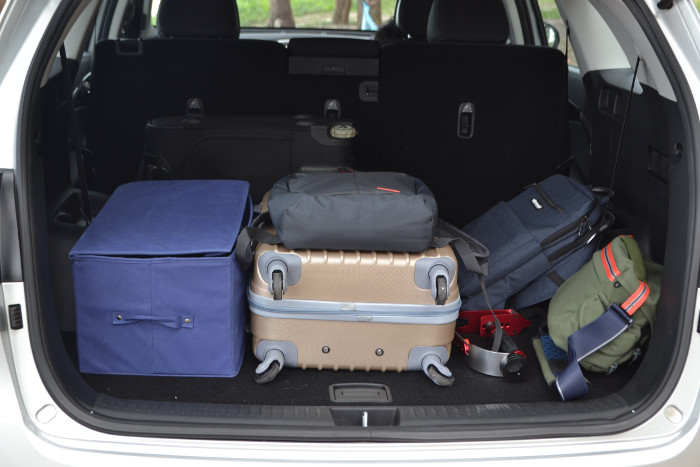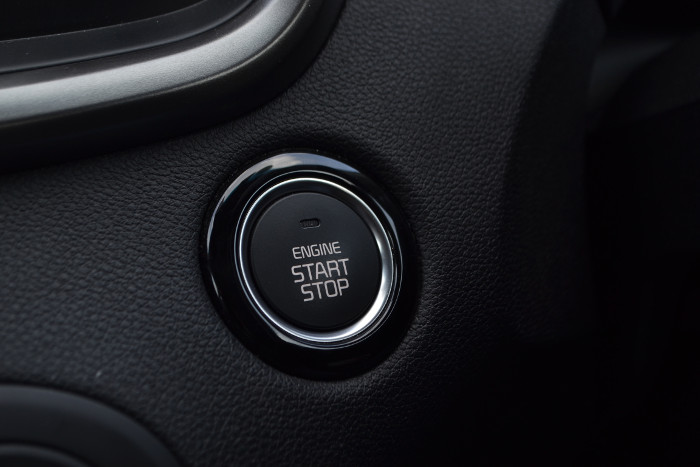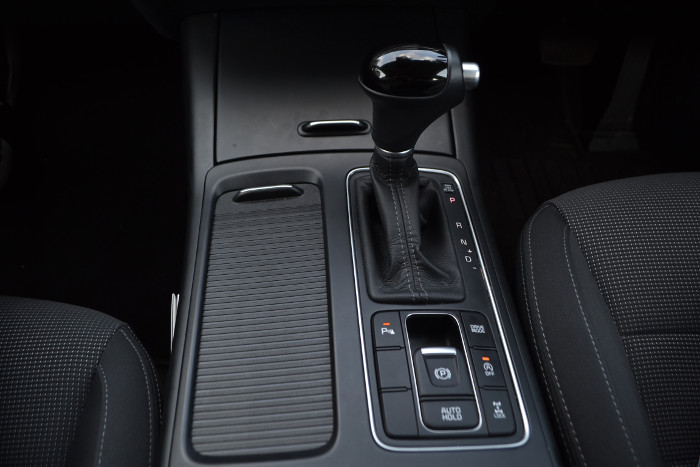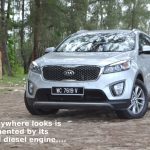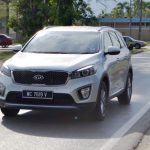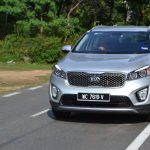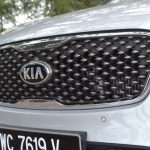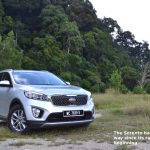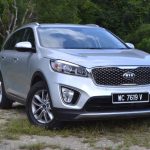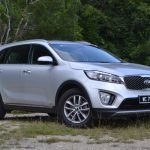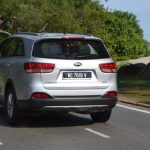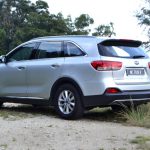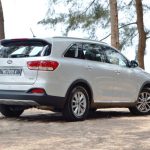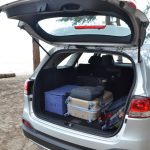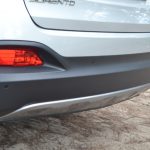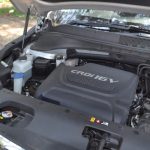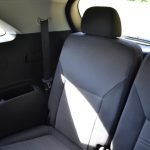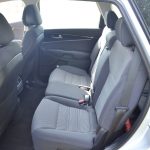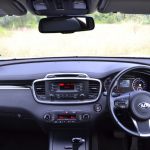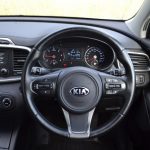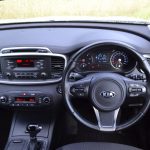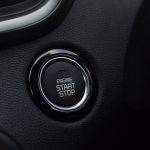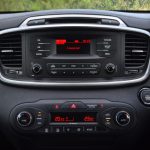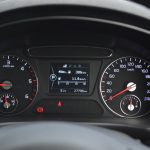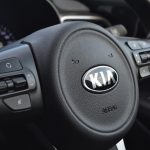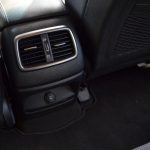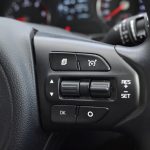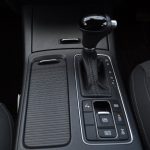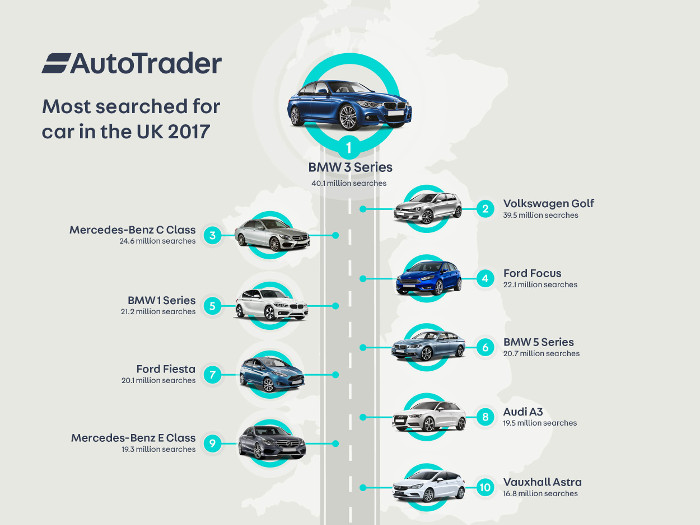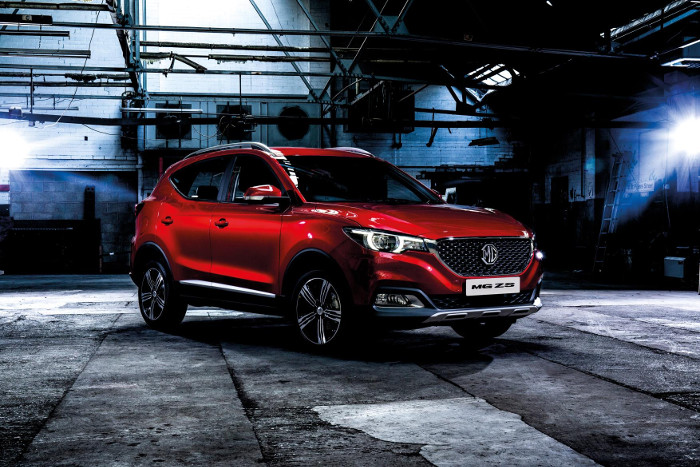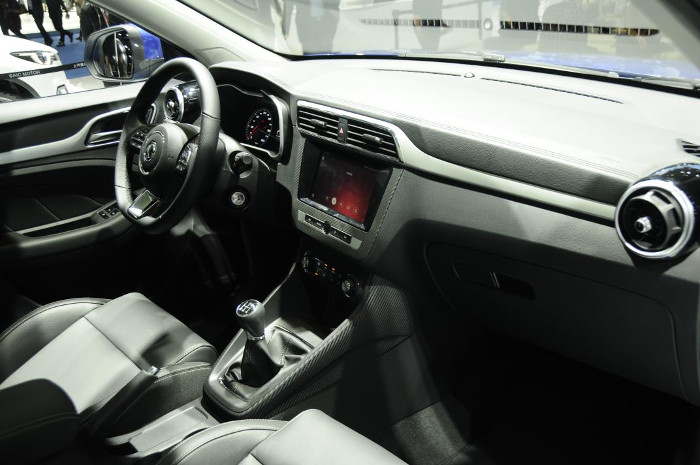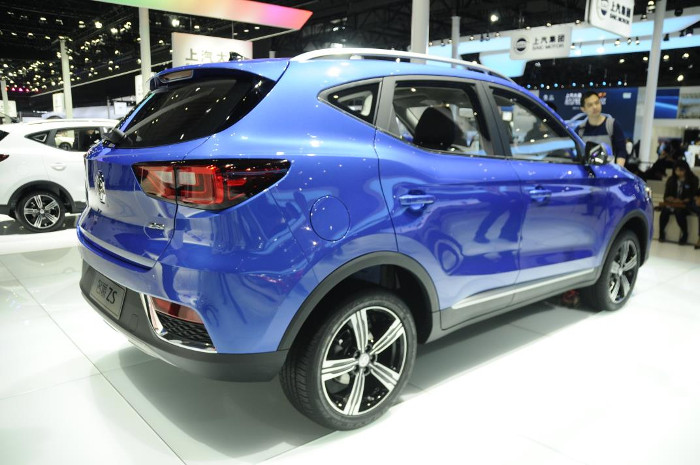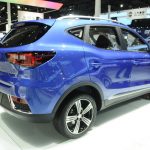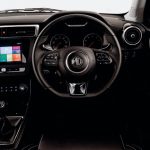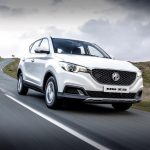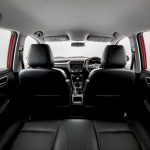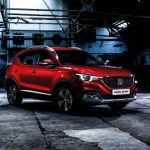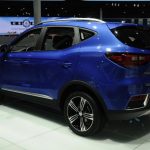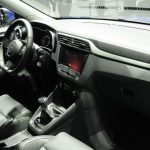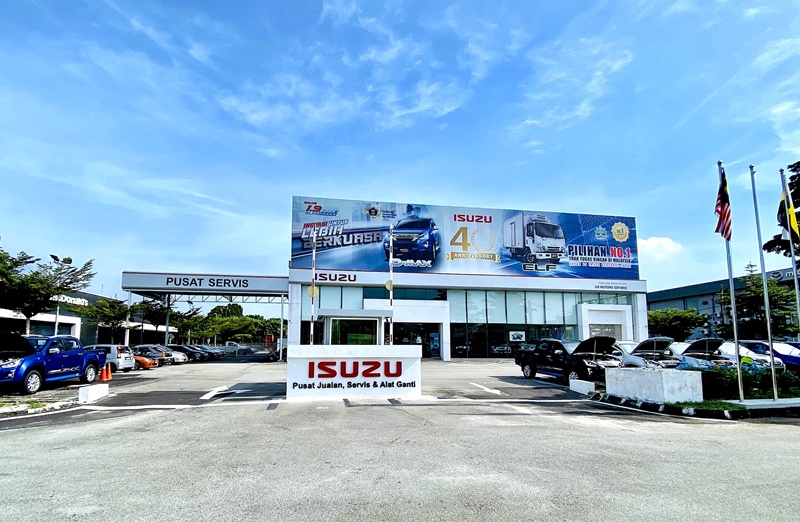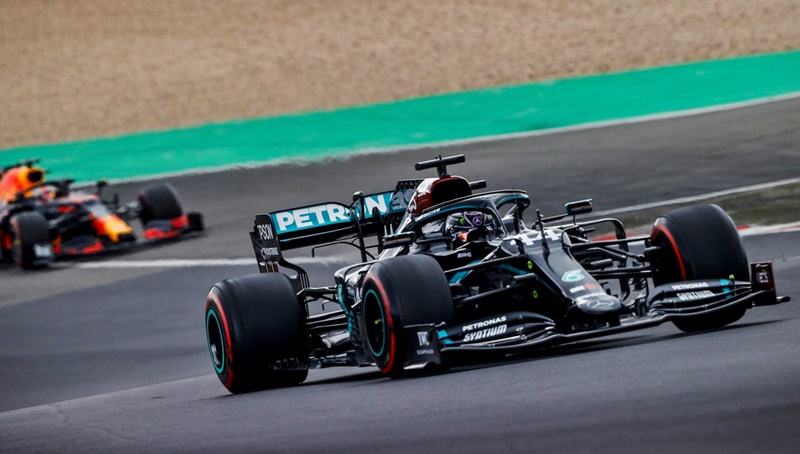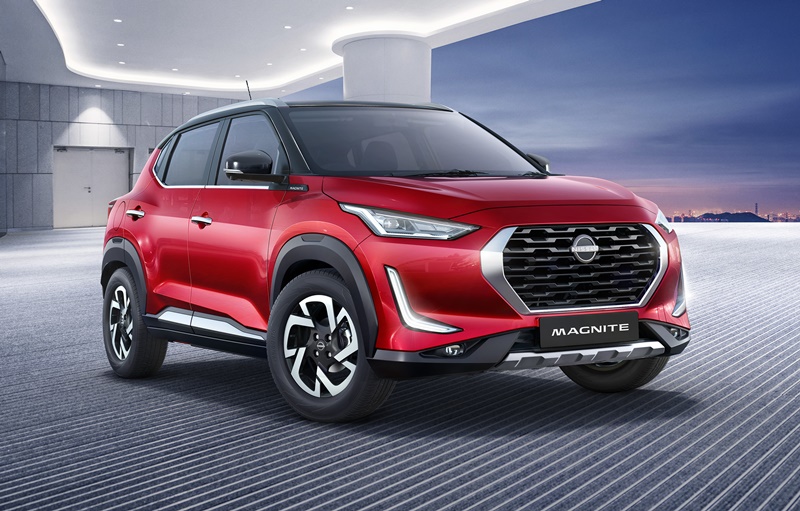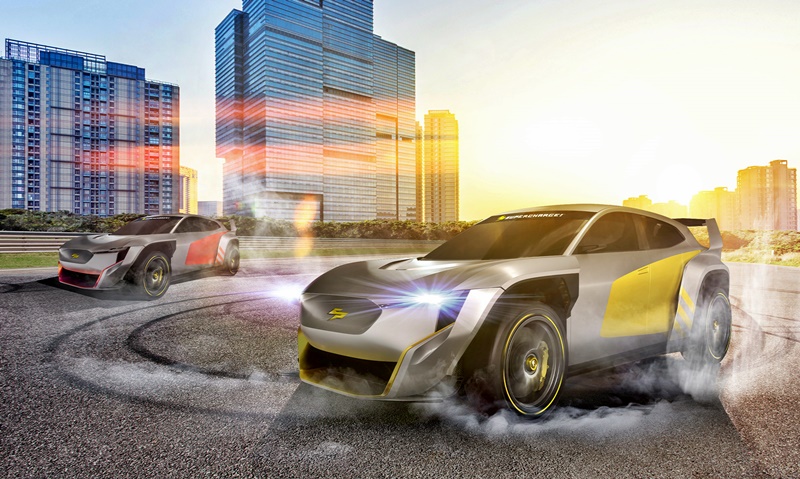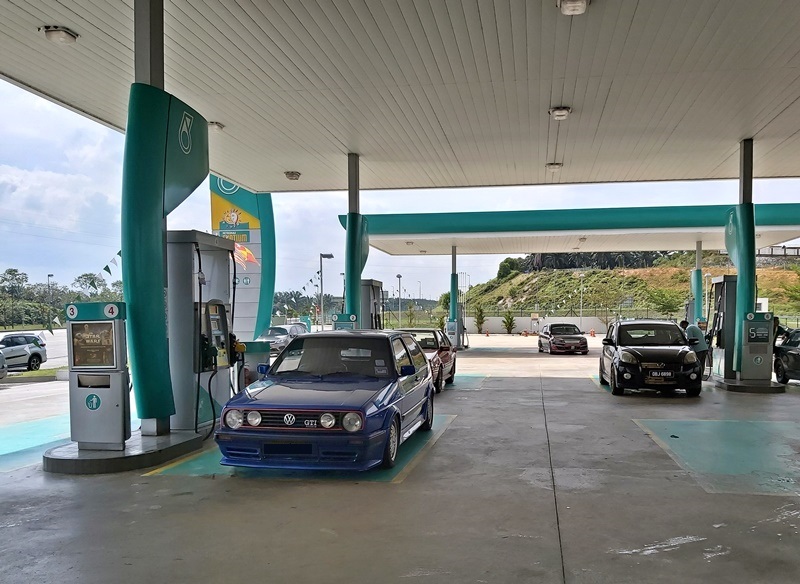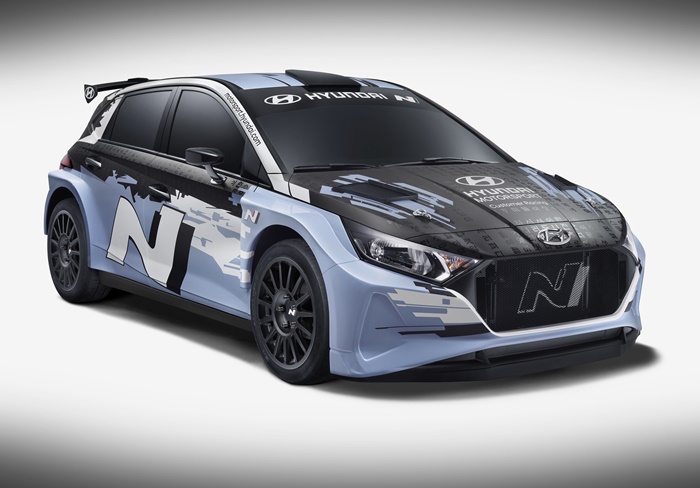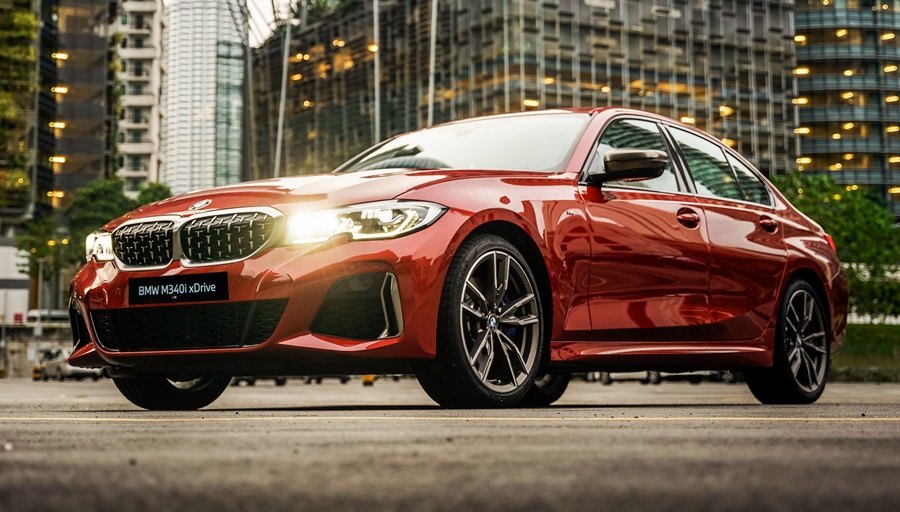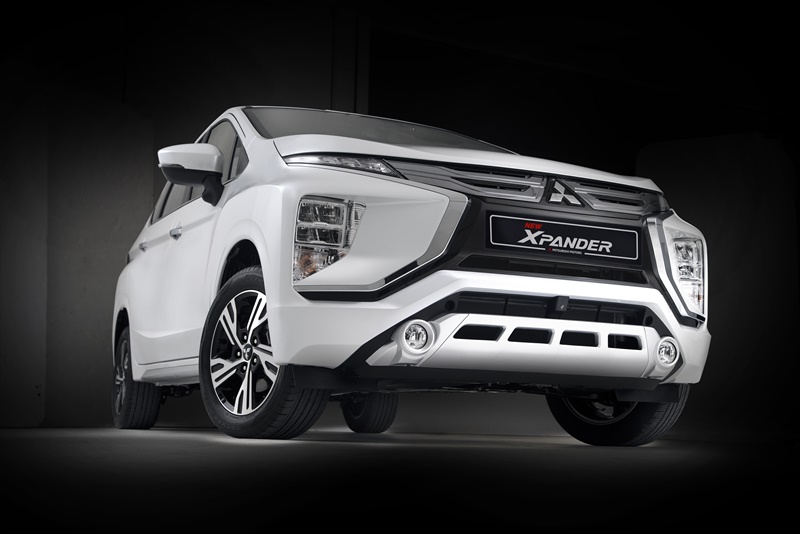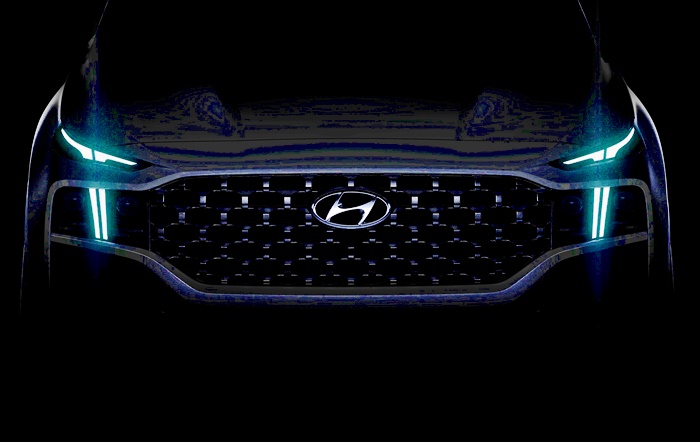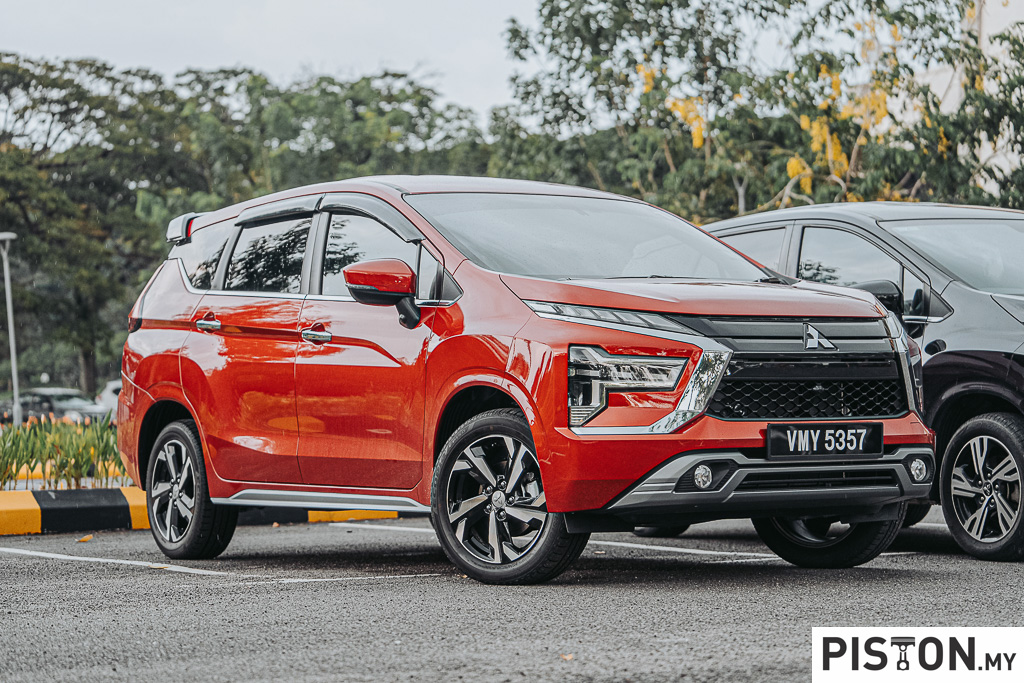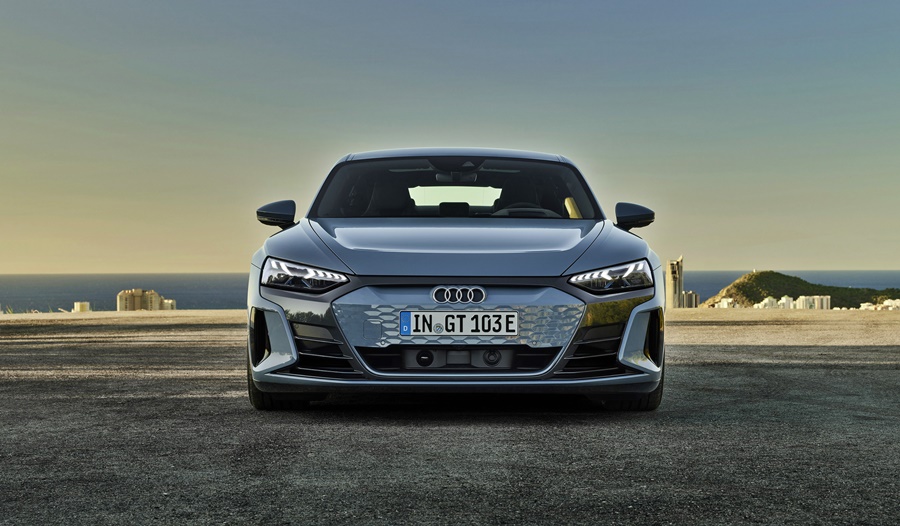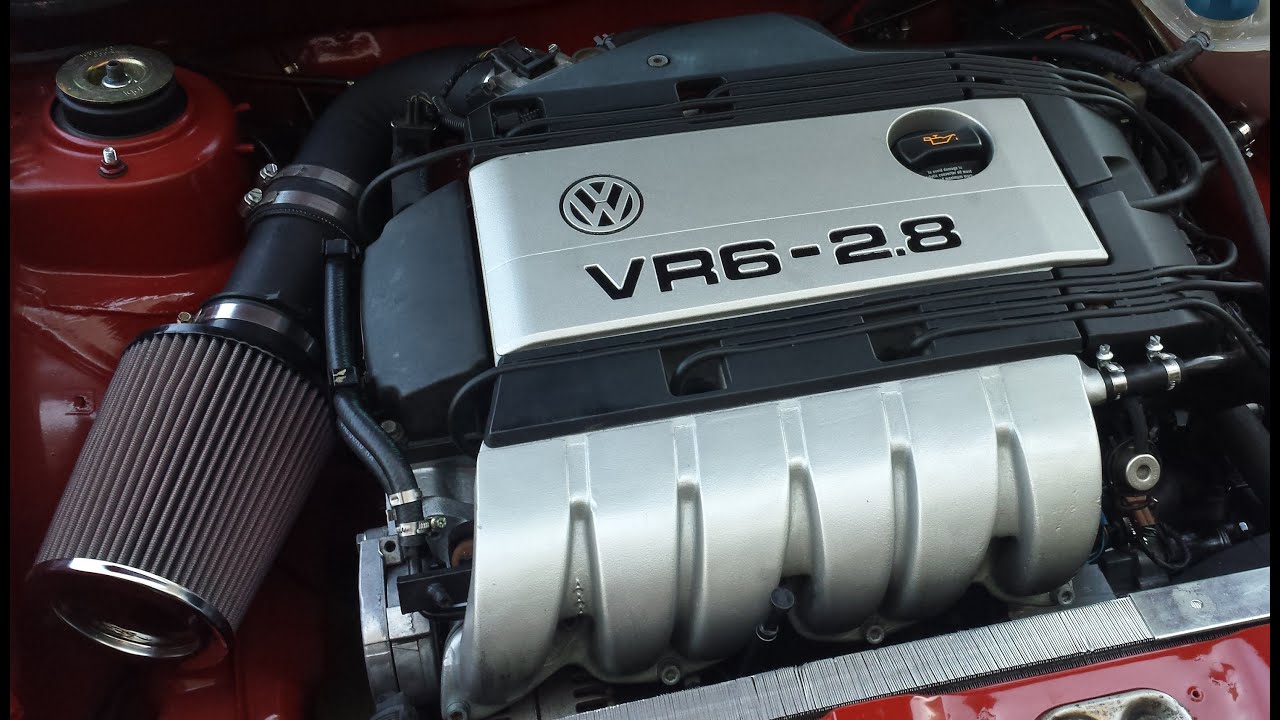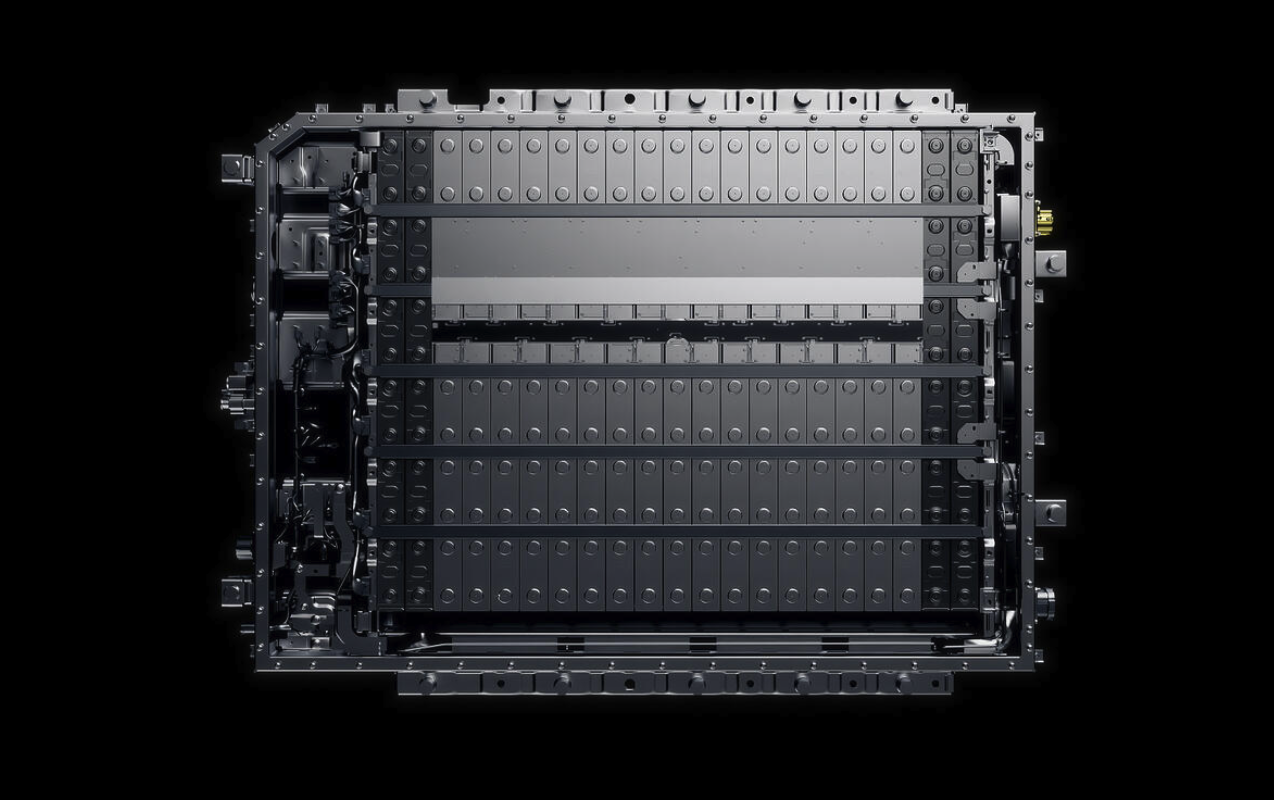Sime Darby Auto Connexion (SDAC), the sole distributor of Ford in Malaysia is ushering in the Lunar New Year by extending its prosperity sales promotion exclusively for the powerful, economical and innovative Ford Ranger XLT.
For starters, new Ford Ranger XLT owners can drive home the feature-packed truck with extended ZERO maintenance costs for five years or 100,000km (T&C apply). Valid from now until February 28, 2018, the consumer-first promotion includes rebates up to RM5,000 shopping vouchers and exclusive, limited-edition angpow packets.
SDAC is also offering more rebates and goodies for other Ford models. New owners of the Ford Ranger WildTrak, for one, will receive an extra-special New Year gift of up to RM5,000 in rebates, shopping vouchers and exclusive angpow packets. This makes the WildTrak an even sweeter buy for those looking for power, performance, safety and leading-edge technology in a truly iconic model.
A Ford Focus or Fiesta, on the other hand, offers rebates up to RM23,000, three years free maintenance and five years warranty.
“As we usher in the year with more luck, longevity, happiness and prosperity, these exclusive deals are ideal value for existing owners looking for an opportunity to upgrade or new customers looking to be proud Ford owners,” said Syed Ahmad Muzri Syed Faiz, Managing Director, Sime Darby Auto Connexion.
“Alongside our year-round commitment to offer a great ownership experience, these deals also show our appreciation to loyal Ford customers for their support over the years,” he continued.
To ensure a safer, smoother journey home during the festive holidays, SDAC is encouraging Ford owners to take advantage of a free, 27-point vehicle inspection by Ford-certified technicians using only original equipment manufacturer (OEM) parts. There are also discounts of up to 20 percent on selected parts, including brake, timing belt and lubricant package; and a 10 percent labour discount on selected packages.
Customers who spend more than RM350 on a single valid Tax Invoice will also receive Free Ford merchandise available only at authorised dealers. The promotion is available nationwide from December 18, 2017 until February 17, 2018 while stocks last.
SDAC are also welcoming the new year with brand new limited editions for its rugged Ranger line up! The Ranger WildTrak, which now comes in Meteor Grey and the FX4 in Cool White, are currently available at authorised dealers nationwide.
These exclusive new colour options are in addition to the previous Cool White and Pride Orange for the Ranger WildTrak and Meteor Grey for the FX4.
The tougher and more efficient 3.2L Ranger WildTrak 4×4 in Meteor Grey retains a blend of unmatched smart technologies in safety and is complemented by a functional interior as well as best-in-class water-wading, towing and payload capabilities.
It exudes a power-packed 200 PS at 3,000 rpm and 470 Nm of torque to tackle any terrain with ease. The WildTrak also features the latest SYNC™3 hands-free infotainment system that comes with an eight-inch touchscreen to bring the power of Apple CarPlay™ and Android Auto to your Ford.
The 2.2L Ranger FX4 in Cool White features trims and accessories in matte black colour for the functional rollbar and 18 inch wheels, conveying a sense of power and performance. With 160 PS on tap and 385 Nm torque, the four-cylinder turbo diesel Duratorq engine and 6-speed automatic transmission. The Ranger FX4 can haul a 1-tonne capacity load.
“Our customers in Malaysia are familiar with the iconic Ford Ranger, the best-in-class, award-winning pickup truck known for its raw unrivaled capabilities, advanced smart technologies and safety features that is built tough but still stylish in appearance,” reiterated Syed Muzri. “The Ranger WildTrak and FX4 built on this foundation with new colours we think you will love to start the year with.”
The Ford Ranger WildTrak in Meteor Grey is priced at RM141,588 OTR without insurance while the Ford Ranger FX4 in Cool White is priced at RM121,888 OTR without insurance. Prices are inclusive of GST. For more information on these special edition Ford Rangers, visit SDAC’s newly-launched multilingual website (Bahasa Malaysia and Simplified Chinese) at www.sdacford.com.my.




